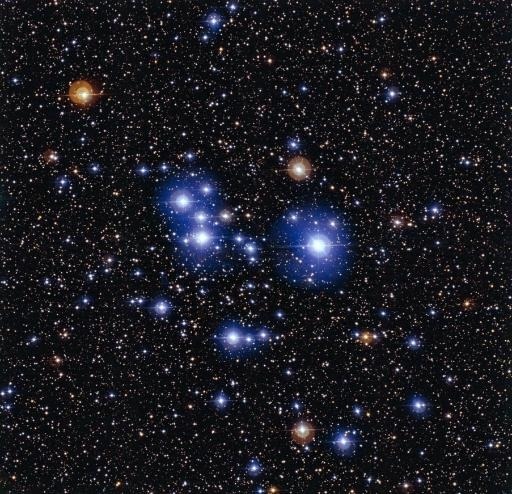Researchers from the Astronomy and Astrophysics Institute at the Free University of Brussels (ULB) and Montpellier University have measured the temperature at the heart of stars. This is the first time in history it’s been done, in order to determine their age. The study will be published on Thursday in the respected scientific magazine Nature, the ULB has announced. The experiment was done by Astrophysicists from the ULB and the “Universe and Particles” Laboratory of Montpellier University. They used isotopes of chemical elements that act as thermometers and clocks to measure the levels – in proportion to other elements – of these elements present on the surface of stars. To do this, they used the HERMES spectrograph on the Mercator telescope. This telescope is at the Louvain University (KUL), which is in La Palma on the Canary Islands. It was constructed by the KUL, the ULB and the Royal Observatory of Belgium.
The temperatures measured by the French and Belgian astrophysicists are in the deep layers of the stars, where elements heavier than Iron are formed. Up until now, only the temperature of the superficial layers could be measured. These heavier elements, after moving to the surface of the star through a mixing process, will be ejected into interstellar space. This happened in our Sun 4 billion years ago.
The study will allow us to better understand the origins of these heavy elements, which are used in technology in different ways (powerful magnets, catalytic convertors)…. It will be published in the scientific magazine Nature. It is one of the oldest scientific weeklies (1869), and one of the most respected in the world.
(Source: Belga)

